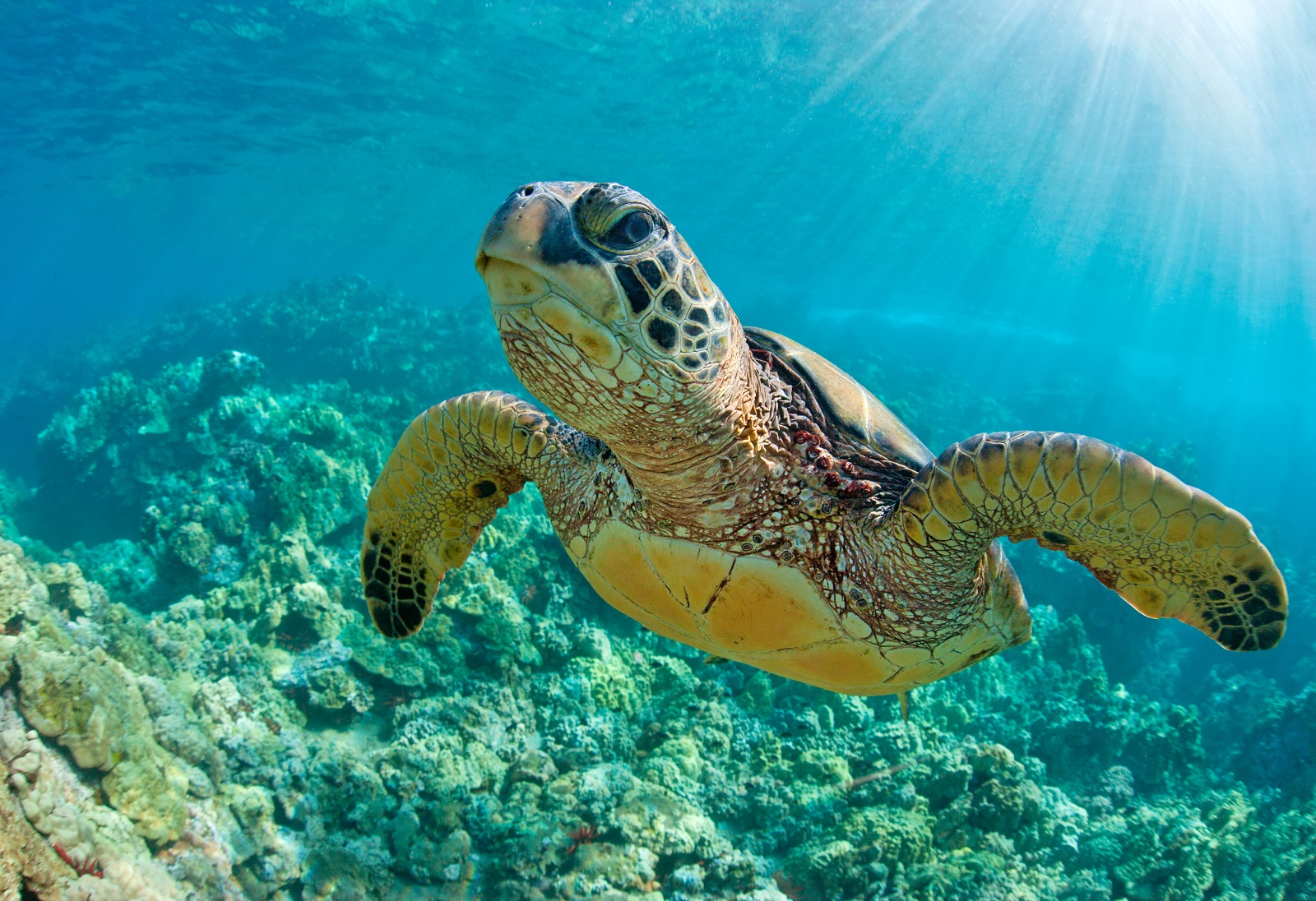
Tell Governor Newsom: California needs more fully protected marine areas
From the Oregon border to the Mexican border, California boasts a network of 124 marine protected areas. It’s time to expand this footprint.
Take Action
State Director, Environment California
Senior Director, Conservation America Campaign, Environment America
With a little help from Hollywood and bands such as the Beach Boys and the Mamas and the Papas, a unique mythology has built up around the California coast over the past century. Like nowhere else, it combines a temperate climate, renowned beaches and the types of animals and plants that stop you in your tracks.
The shore is only as awe-inspiring as what happens offshore. As the Pacific Ocean warms and fills with massive gyres of plastic, and as the state has failed to ban offshore oil drilling, those coastal waters face the prospect of unprecedented change for the worse.
Under the National Marine Sanctuaries Act, presidential administrations can protect marine environments that are important due to their conservation, recreational, scientific, cultural, educational or other significant qualities. The proposed sanctuary is awash in all of those. The area includes sites sacred to the Chumash tribe and it’s rife with unique sea creatures.
That’s why it’s so important to protect the marine environment nearby and under the surface. Over the years, we’ve learned much, and so we don’t need to start from scratch. California boasts a network of 124 Marine Protected Areas (MPAs), from the Oregon border to the Mexican border. Now, it’s time to expand the overall footprint by adding new protected areas to that list, or simply by expanding the boundaries of existing areas.
The state requires the Department of Fish and Wildlife (CDFW) to do a “decadal management review” report about these ocean MPAs every 10 years. The first one, which came out in December 2022, found that California’s ocean refuges are having positive effects on marine species — for example, they support larger, more abundant fish populations compared to waters outside their boundaries.
In July, in the next step of the decadal review, the fish and game commission will decide the future of this crucial network of underwater safe havens. The top priority should be to protect even more of our ocean by expanding the number and size of MPAs.
In the protected areas, especially the best protected areas, sea turtles, coral reefs and myriad other species thrive without the interference and sometimes-existential threat of commercial fishing, offshore drilling and other adverse human activities. Imagine how much better your life would be if noise, oil and other pollution no longer invaded your home.
It should be a no-brainer for our state leaders to expand the oceanic equivalent of our state nature preserves. But heading to Sacramento isn’t our only channel toward marine conservation.
The federal government should decide soon whether to designate the Chumash Heritage National Marine Sanctuary as the United States’ 16th national marine sanctuaries. If approved as proposed, the sanctuary’s boundaries would encompass approximately 7,670-square miles, extending outward from 156 miles of coastline. It may be a relatively small marine sanctuary — the 15 existing ones in the Pacific Ocean, Gulf of Mexico, Great Lakes and the Atlantic cover more than 620,000 square miles — but its importance to California cannot be overstated.
It should be a refuge with idyllic oceanographic conditions. A wide variety of habitat types, from coral reefs and hazy kelp forests to coastal wetlands and dunes host a wide variety of fauna. It’s a critical stop along the migratory paths of marine mammals. And it’s home base for 25 threatened or endangered species, including southern sea otters and humpback whales.
But human dangers loom and won’t go away without permanent protective action. This isn’t just speculation. In May 2015, an oil pipeline ruptured near what hopefully will soon be the southern boundary of the Chumash Heritage site. In the month after the spill, 195 birds, 13 dolphins and 81 sea lions were among those found dead. And it’s impossible to determine how many animals died or got sick from the oil spill over the following years.
We need to let our elected officials in both Sacramento and Washington know that we are counting on them to ensure the world keeps California dreamin’ and our offshore waters stay clean and safe for the marine animals that live there. As World Ocean Month comes to a close, let’s make our voices heard in support of a healthier deep blue sea.
Laura directs Environment California's work to tackle global warming, protect the ocean and fight for clean air, clean water, open spaces and a livable planet. Laura stepped into the State Director role in January, 2021 and has been on staff for over twenty years. She has led campaigns to make sure California goes big on offshore wind and to get lead out of school drinking water. As the Environment California Field Director, she worked to get California to go solar, ban single use plastic grocery bags and get on track for 100% clean energy. Laura lives with her family in Richmond, California where she enjoys hiking, yoga and baking.
Steve directs Environment America’s efforts to protect our public lands and waters and the species that depend on them. He led our successful campaign to win full and permanent funding for our nation’s best conservation and recreation program, the Land and Water Conservation Fund. He previously oversaw U.S. PIRG’s public health campaigns. Steve lives in Sacramento, California, with his family, where he enjoys biking and exploring Northern California.
